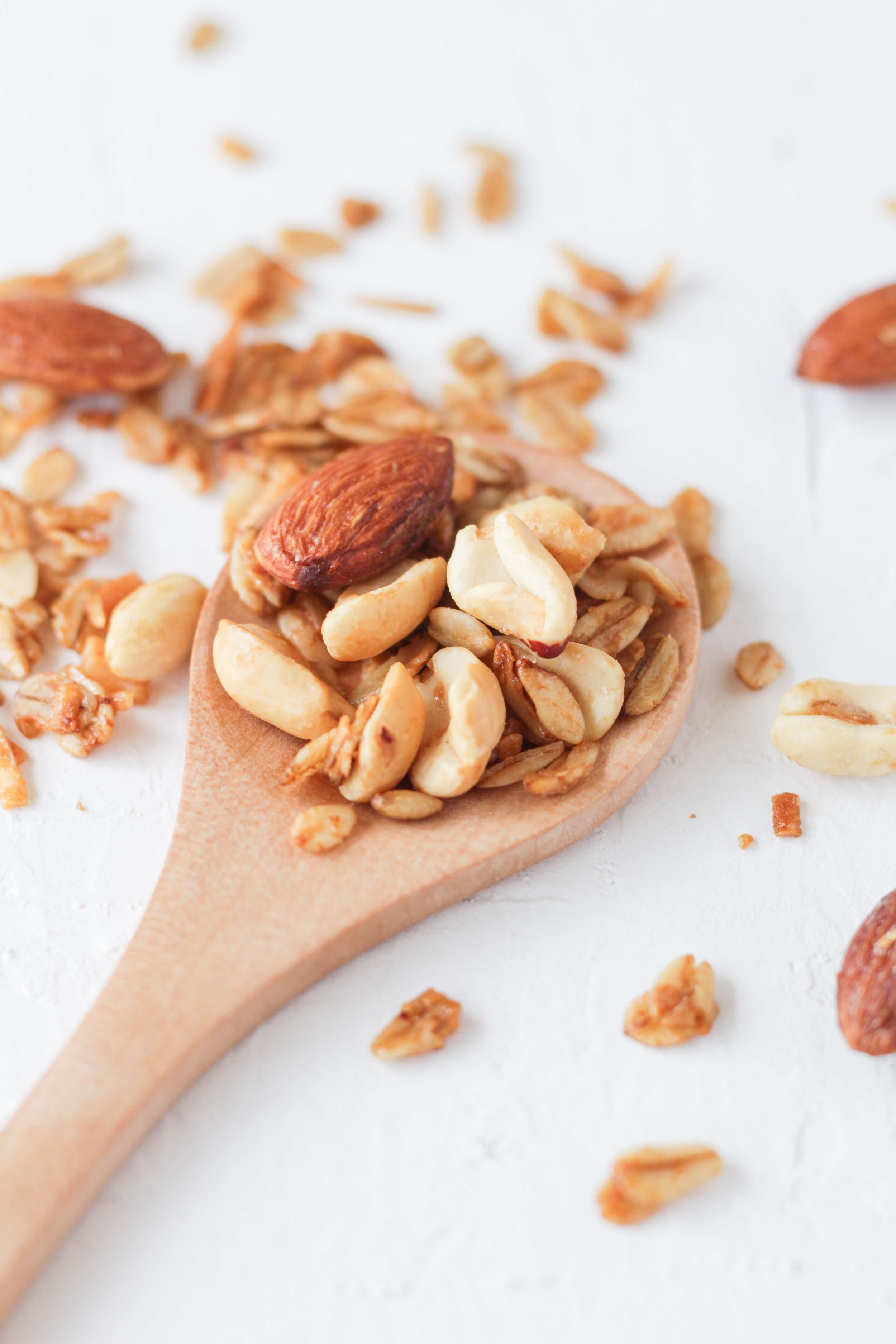Simple Ways to Add More Protein in Your Meals
Protein is an essential macronutrient responsible for a variety of different bodily functions, such as muscle repair, enzymatic activity and energy.
Generally speaking, the average adult requires about 0.8g of protein per kg of body weight in order to reach their protein needs. However, these recommendations can vary, such as with athletes, seniors, pregnant or breastfeeding women and people with certain health conditions. To ensure that you are getting enough protein for your personal needs, be sure to speak with your registered dietitian.
On average, most meat-eating Canadians eat enough protein to meet their daily needs. Plant-based diets, on the other hand, are known for being lower in protein. Contrary to popular belief, while plant-based proteins are generally less digestible and bioavailable than animal-based proteins, many vegetarian and vegan-friendly foods are naturally packed with protein. Fortunately, with the right tools and a little planning, you can easily reach all of your protein needs.
Read along to find out how to add more protein into your diet.
Protein: the basics
Meat and poultry — Choose lean cut meats and skinless poultry to maximize your protein intake.
Fish and seafood — Fish choices such as salmon, trout, herring and sardines are also a great source of omega-3 fatty acids, essential fats that can help reduce the risk of heart disease.
Eggs — Eggs, especially egg whites, are excellent sources of protein.
Dairy — Milk, Greek yogurt and cheese are all good sources of protein, calcium & Vitamin D to help build a strong bone health.
Nuts and seeds — With more protein by weight, seeds are generally richer in protein than nuts. However, both are great sources of protein, along with nutrients such as fibre, healthy fats and important vitamins.
Certain types of grains — Quinoa, amaranth, wheat and buckwheat have an interesting protein content, while rice and corn are not considered protein sources.
Legumes — Beans and lentils are excellent sources of plant-based protein. To increase the protein bioavailability in these foods, it is best to use canned legumes. On the other hand, if you are using dried beans and lentils, make sure to pre-soak and cook them to tenderness.
Soy-based products — Soy is among one of the plant-based foods most rich in protein. This also includes other soy-based foods such as edamame, tofu, tempeh, soy milk and texturized vegetable protein (TVP).
Gluten-based products — Gluten is essentially just protein, which means that any foods made with lots of gluten, such as seitan, are great sources of protein.
2. Understanding complete vs incomplete proteins
Foods labeled as ‘complete’ proteins are those that contain all nine essential amino acids. Most animal-based foods like meat, fish, poultry, eggs and dairy contain sufficient amounts of these nine amino acids, qualifying them as complete sources of protein.
When it comes to adopting a plant-based diet, you may have heard that you need to combine different protein sources to get all your essential amino acids. This can get a little tricky as almost every plant-derived food contains incomplete proteins. Nevertheless, all these amino acids can be found in plants.
However, while this is true, it does not mean you need to eat different protein sources at every meal. As long as you eat some form of protein at every meal, that you diversify your protein choices throughout the week, that you eat enough calories and that you follow Canada’s Food Guide recommendations, you should not have to worry about food combining.
For reference, here are a few vegetarian-friendly complete and nearly-complete proteins:
Eggs
Soy
Milk/Yogourt/Cheese
Quinoa
Buckwheat
3. Adding protein to your meals
For every meal, you should plan for at least one source of protein. To increase your protein content, try:
Adding nut butters, soft tofu, eggs or seeds to your smoothies, like in this Blueberry Tofu Smoothie.
Cooking your oatmeal with cow’s milk or soy milk instead of water.
Stirring ground flax seeds into your coffee
Reaching for hummus or yogourt-based dips instead of mayo and oil-based dips, like this Homemade Greek Yogourt Dip
Adding chickpeas, toasted pumpkin seeds, quinoa or boiled eggs to your salads
Adding lentils, kidney beans or meat to your soups, like in this Lentil Minestrone
Snacking on yogourt or cottage cheese, like with these Cottage Cheese Toasts
Making your own Protein Bars
Concerned about your protein needs or intake? Book a consultation with me!
Pour la version française, cliquez ici.
Source(s):




